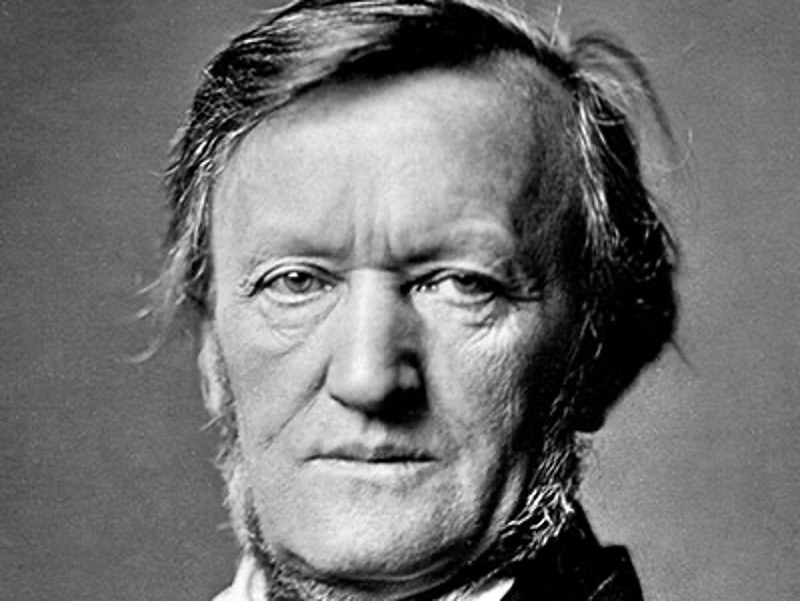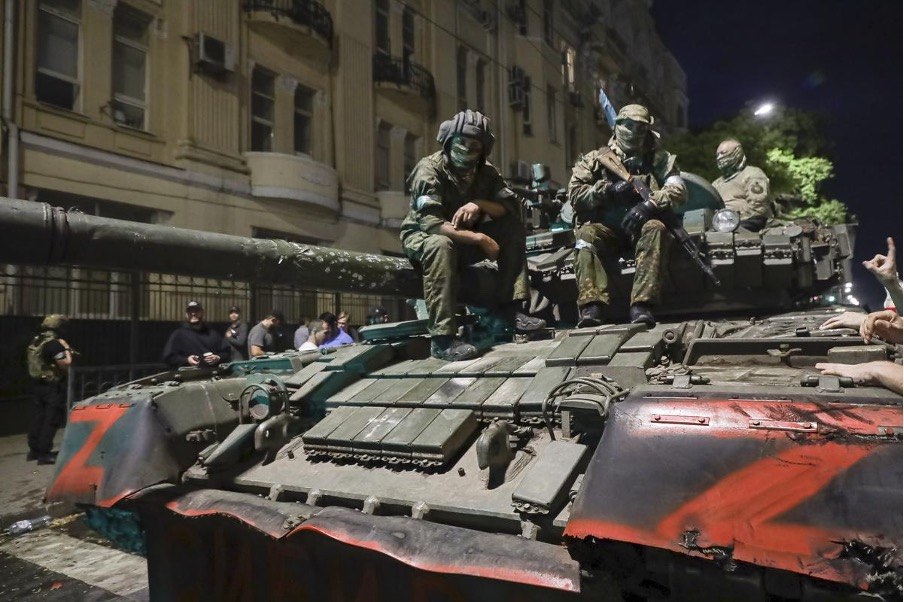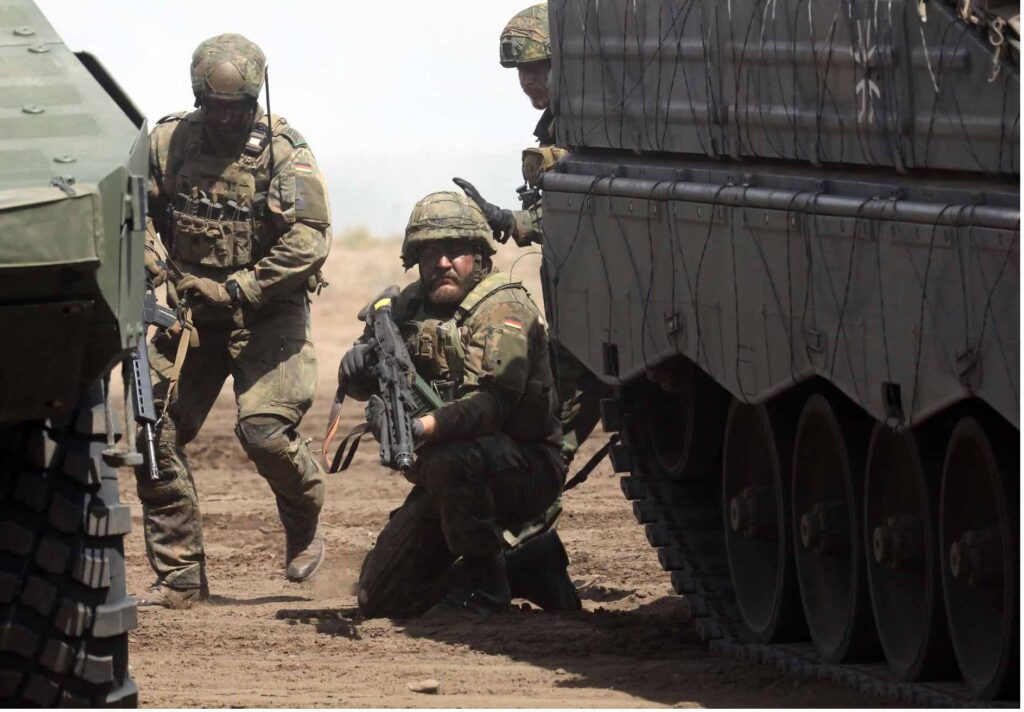The Wagner group has been around for 10 years, and forces have been showing up in different sorts of places from Syria to Mali to Mozambique. This group emerged as a formidable combat force. This group played a significant role during Russia’s military intervention in the Syrian civil war. Recently, they have been gaining lots of attention for what they are doing in Ukraine.
They receive payment for deploying armed personnel, but their operations are not easily defined due to their loose affiliations. As a result, tracking or identifying their actions and responsibilities becomes a difficult task.
This group first appeared in 2014 and showed up armed and in masks, Ukraine called them out as ‘little green men’. This name is specifically in reference to the German composer, Richard Wagner.

Yevgeny Prigozhin, a Russian Oligarch, for several years, denied having any source or links to the Wagner group, but recently he showed up with several videos of him at work, hiring recruiters and publicly asking people to sign up for Wagner. Shockingly, this is still an ongoing thing, which was mainly addressed by Europe correspondent, Sarah Rainsford, mentioning that Wagner websites are still up and making background checks on recruitment centres still processing. The contracts are made with the Wagner group itself and not from the Defence Ministry of Russia. This independent group from Russia, acting as independent fighters, is at the core of the intense conflict that has been simmering for months and recently escalated in the past two weeks. This recent power had an uprising impact on Putin’s grip on power. Prigozhin compared his invasion of Moscow to Russia’s failure to captivate Kyiv. Wagner has collected ill repute because of its cruel methods and its participation in war crimes in Africa, the Middle East, and Ukraine.
Prigozhin also stunned the world by uploading audio on Telegram. Russian mercenaries trenched warfare in Ukraine, their leader vowed to march on Moscow in the gravest threat to Vladimir Putin’s rule. These are mainly addressed by vowing to punish Russia’s military leaders, mentioning, “the evil of the military leadership of the country must be stopped.”
It triggered high-end security and global scrutiny. Putin addressed the growing divisions as they escalated and became public discussions involving the Russian Government. This situation posed a threat to Prigozhin’s control over his Wagner mercenary group, prompting him to withdraw his forces. He alleged that his 33 Wagner members had been killed, although no concrete evidence was provided. Consequently, a “March of justice” took place towards Moscow, with the fighters entering the Russian City of Rostov-on-Don and asserting authority over military sites. They continued their march towards Moscow.

Surprisingly, he was welcomed in many parts of the country. They successfully took control of the Southern Military District headquarters. They strengthened their positions with landmines and established security points in Rostov. As per Chechen media reports, it was stated that they did not manage to reach the city centre and did not engage in any acts of hostility.
On a further march to Moscow, Sergei Sobyanin, the Mayor of Moscow, declared the implementation of the counter-terrorism operation regime. The presence of armoured vehicles was observed throughout the city. The city also announced strict travel regulations in Kaluga Oblast, as it locates adjacent to Moscow. As Vladimir denounced Wagner’s action as Treason, at around 11:00 p.m. on 24 June, the Wagner group decided to decide to withdraw from Rostov and reportedly returned to occupied regions of Eastern Ukraine.

There was no single vision of public support for the Putin Government during the revolt there were more videos available online with Russians welcoming the rebellion group. Western countries were mostly silent, indirectly commenting on the rebellion and had big concerns over the Russian nuclear arsenal. Several international leaders made significant contact with Putin on handling the situation sensibly.
Following up, on 25 June, works were initiated for the damages created by Wagner groups. On 26 June, “The counter-terrorism operation regime” was lifted in Moscow. Videos have been seemingly released showing Russia’s beleaguered defence minister visiting his troops in occupied Ukraine. Following the restoring orders, Putin showed more sense of confidence, conducting meet-and-greet, and a series of public show-ups aiming at public backing.
Written by – Sankari Ramasubramanian
Edited by – Rucha Naik
*This article was written in June 2023.
